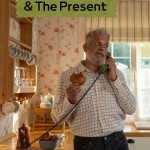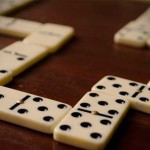The Canaanite legend tells that the phoenix lived in heaven for a thousand years. Its size is eagle, its color is fiery golden, and on its head there is a round of feathers like a crown, and a long tail of red, orange and yellow feathers appears on it.
Perhaps we have heard the phrase, "This people is like a phoenix, with people from under the ashes." The Phoenix is a mythical being called the Phoenix that had a wide echo in the ancient folklore of many geographically extended peoples around the world, such as the Phoenicians, Greeks, Persians, Romans, Egyptians and Chinese, and there were many names, but they almost agree on what he refers to. To this day, it still has an impact on contemporary literature and cultures as a symbol of renewal and immortality, although it is no longer at the core of peoples' beliefs as in the past.
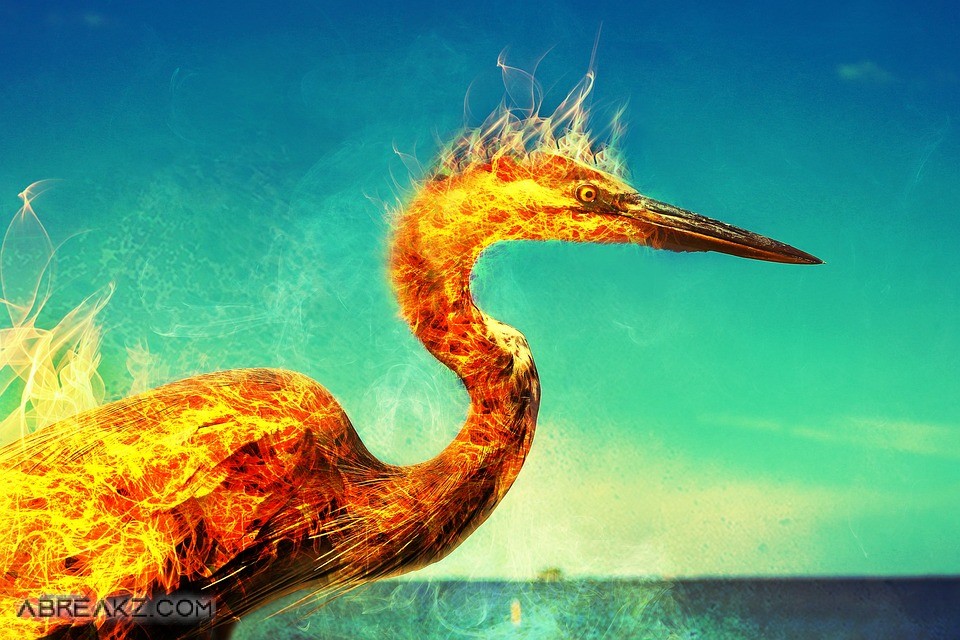
The legend of the phoenix
Legend says that there was only one phoenix in our world. He lived in Paradise, a land of indescribable beauty, quiet behind the distant horizon from which the sun rose. The argument of this bird is that there is no death in heaven. After a thousand years, the bird was suffering under the weight of its long life, and wanted its time to die. And because there is death in the earthly world, he made his way to the earthly world, he headed towards the west, soaring over the jungles of Burma and the plains of India, until he reached a land that was drawn to him by the smell of spice incense in the caves of the East. He went down to it, collected a multitude of fragrant herbs, and carried it with him to the shores of Phoenicia, so he landed in a tall tree in which he built a nest of those fragrant herbs. And it was sunset, so he waited for the new dawn to herald the death of the bird. And when the sun rose from behind the high horizon, he looked towards the east, opened his bow and sang a song to the sun god, so he came on his chariot. At the end of the song, the sun god shook his horses, and the chariot took off and a spark escaped from the horses' hooves, which hit the bird's nest, and the nest burned and the bird burned in it, ending the life of the millennial bird.
- In addition to the discoveries of archaeologists, Abd al-Rahman al-Muzayin explores the signs left by the Canaanites in the life of the Palestinian and its artistic and aesthetic expressions, and what artists and writers employ from them in their creative works.
On the third day, a little phoenix rose from the ashes of the burning bird, brushed its wings out of the ashes, and flew towards the east, to the gates of Paradise, accompanied by a shelf of birds.
In the symbolism of the myth, the phoenix represents the sun that dies at the end of each day, and is reborn the next day. It has been the norm since the beginning of creation, that beings are born from another. Except for one being who is born of himself
The Assyrian Phoenix does not live on fruits or flowers but on perfume and amber. When he is five hundred years old, he builds a nest in the hollow of a tree at the top, gathers amber, myrrh, and frankincense, piles them up in the nest and takes his last breath among the spices. And from the ashes of this father bird, a little phoenix is born, determined to live, as its father, another five hundred years. And when his wings strengthened, he bid farewell to this nest (the place of his birth and the place of his father’s death), carrying his nest, and flying with it, heading to the city of the sun, Baalbek, to place it as an offering in the temple of the sun, waiting for the time of his death to come, so that it burns to be born from its ashes a new phoenix to a new life.
(He was burned and resurrected from his ashes) A phrase that applies to a mythical being that had a wide echo in the ancient folklore of many geographically extended peoples around the world such as the Egyptians, Phoenicians, Greeks, Persians, Romans and Chinese, so there are many names, but they almost agree on what you refer to, and to this day it is still It has an impact on contemporary literature and cultures as a symbol of renewal and immortality, although it is no longer at the core of peoples' beliefs or the second impossible as in the past.
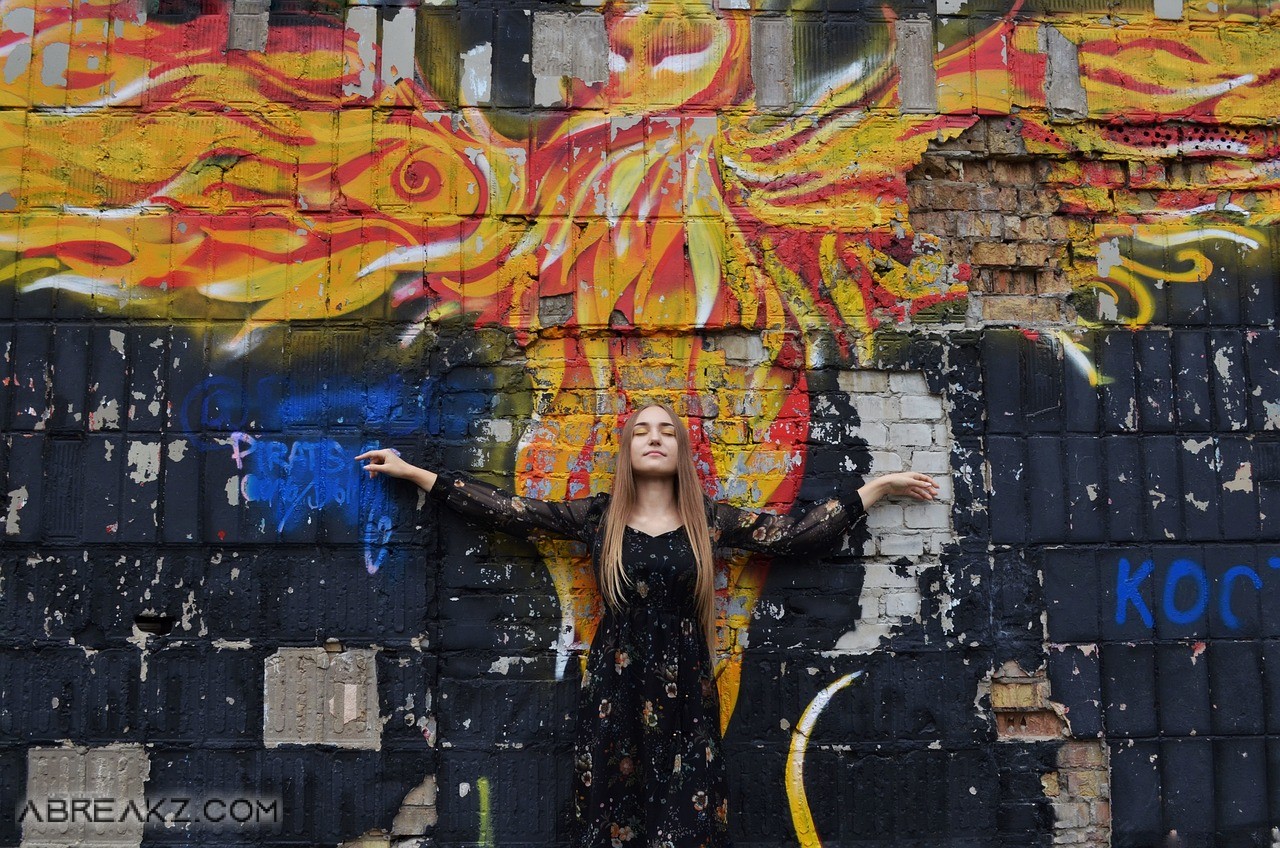
It is the Phoenix bird in the European heritage (citing from Greek mythology) or the phoenix (or the rook) in the Arab heritage, where it was the hero of many tales and legends such as the tales of Sinbad and others, or the bird of fire in Japan.
According to the legend, it is a giant, long-necked, multi-colored bird, although it is dominated by the color of red dirt, unique and unparalleled, and one of them lives between 500 to 1000 years, and at the end of his "life" he perches on his nest in silence and ambiguity and sings for the last time in his current life in a low voice. Sad until the sun illuminates the horizon, and he is unable to move, so he burns and turns to ashes while making sounds that seem closer to echoes. When the huge body has been completely burned, a small caterpillar emerges from among its remains and crawls diligently towards the nearest shady spot and soon turns into the next phoenix...and so on.
Seven basic Canaanite deities whose worship ended when he came to Islam according to the book, but their aesthetic employment continued to appear in popular expressions of love, joy, sadness and others
In Greek mythology
The phoenix was also mentioned in the myths of the Olympian gods when Prometheus transferred the secret of fire to humans, so Zeus, the chief of the Greek gods, wanted to punish him, and he stuck him between two mountains and assigned the phoenix to devour his liver every day.
In the stories of Sinbad the Sailor
In the stories of Sinbad the Sea, there is a bird called the rook, which is that giant bird that has the head and wings of an eagle and has a wingspan of ten thousand sold, and it is very strong and is said to be able to carry a giant elephant with its claws.
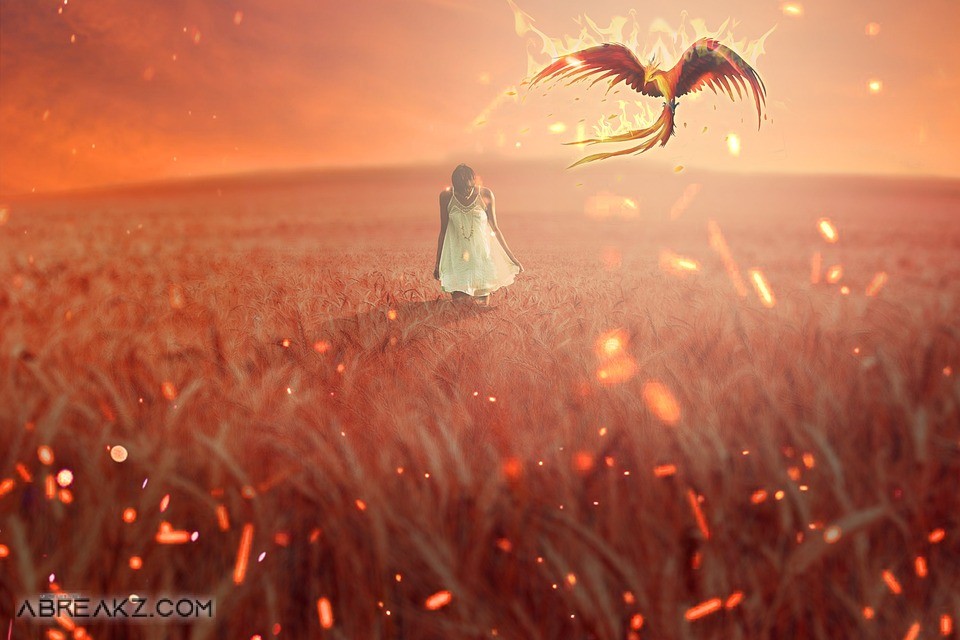
It is narrated from his stories that a man from the people of the West traveled to China and lived in it and its islands for a long time and came back with a lot of money and brought with him a cane from the wing of a rook that could accommodate a water bottle. From the ship to be provided with water and firewood, with axes and ropes, they saw on the island a giant white dome shining in the sun, so they approached it to discover that it was a giant egg. On the coals and ate from it, they boarded the ship that took them out to sea, and among them were some old men with white beards, and in the morning they found their beards had turned black. He took the ship to take revenge on the sailors and carried some giant rocks and then threw them on the ship to drown it, only the western man survived.
In the books of Arab heritage
There are allegations that the rook is a large bird that became extinct in the 17th century and was a member of the large eagle family. Its eggs were found on the island of Madagascar (near the continent of Africa to the east in the Indian Ocean) and the size of the egg was up to (30 cm) in length, and the news of this giant bird abounds in Arabic literature, and it is believed that it survived until the time of the Arab world, Dawood al-Antaki (died 1005 AH), and he described it as follows. He said: “The rook is a bird of it, about the size of a camel and higher than it, and its neck is long and very white, surrounded by yellow. On its stomach and legs there are dusty lines. There are no birds greater than it. A corpse. He is an Indian who takes refuge in the Serendip Mountains and the land of Malacca. It is said that he goes to boats and drowns their people. He lays eggs on land, and his egg is like a dome.
You will find talk about rooks in the wonders of India, The Thousand and One Nights, Ibn Battuta’s Journey, Tuhfat al-Adhar by al-Dimashqi, Ibn Saydah, and others. Al-Dimashqi mentioned that he used to bring his feathers to Aden, and this bird no longer exists now, and the ancients gave it many superstitious qualities.
Table of contents [Show]
What phoenix bird look like?
- The following is a description of this bird mentioned in one of the books of the important and famous Arab traveler, Ibn Battuta (died 779 AH / 1377 AD), who said about him: “And when the forty-third day appeared to us after dawn a mountain appeared in the sea between us and it about twenty miles, and the wind carried us To his destination, the sailors were astonished and said: We are not near land, and there is no mountain in the sea, and if the wind forces us to it, we will perish.The people resorted to supplication and sincerity and renewed repentance and we invoked God with supplications and we begged His Prophet (may God bless him and grant him peace). Then the wind fell a little still. Then we saw that mountain at the rising of the sun rose in the air and the light appeared between it and the sea... What we imagined as a mountain is the rook, and if it sees us, it will destroy us...".
The description of Ibn Battuta refers to the extent of the rook bird, which led to blocking the sunlight because its color is dark and often black. When it rose in the air, that is, it began to fly, the light appeared again. Because of its magnitude, imagine it as a mountain, even though the distance between them is about twenty miles.
Can phoenix bird heal others
- It was also mentioned by Sheikh Kamal al-Din Muhammad ibn Musa al-Damiri, who died (808 AH / 1405 AD) in his book “The Great Life of the Animals,” where he exaggerated his description when he considered that the length of one wing was ten thousand (i.e. twenty kilometers). As well as what he mentioned of his egg, which reaches a diameter of fifty meters. As for the origin of the bird’s feather, it was mentioned that it was nine water bladders, which is a real indication of the size of the feather and therefore the wing bone, then the bird’s bone and the feather continued to have a real presence and it was in the possession of a traveling merchant from Morocco, and many experiments were conducted on it and found that it was nine full water bladders.
After examining many of the ancient Arab literature that mentioned and described this huge bird, real things about it become clear to us, filled with many exaggerations about it and stories.
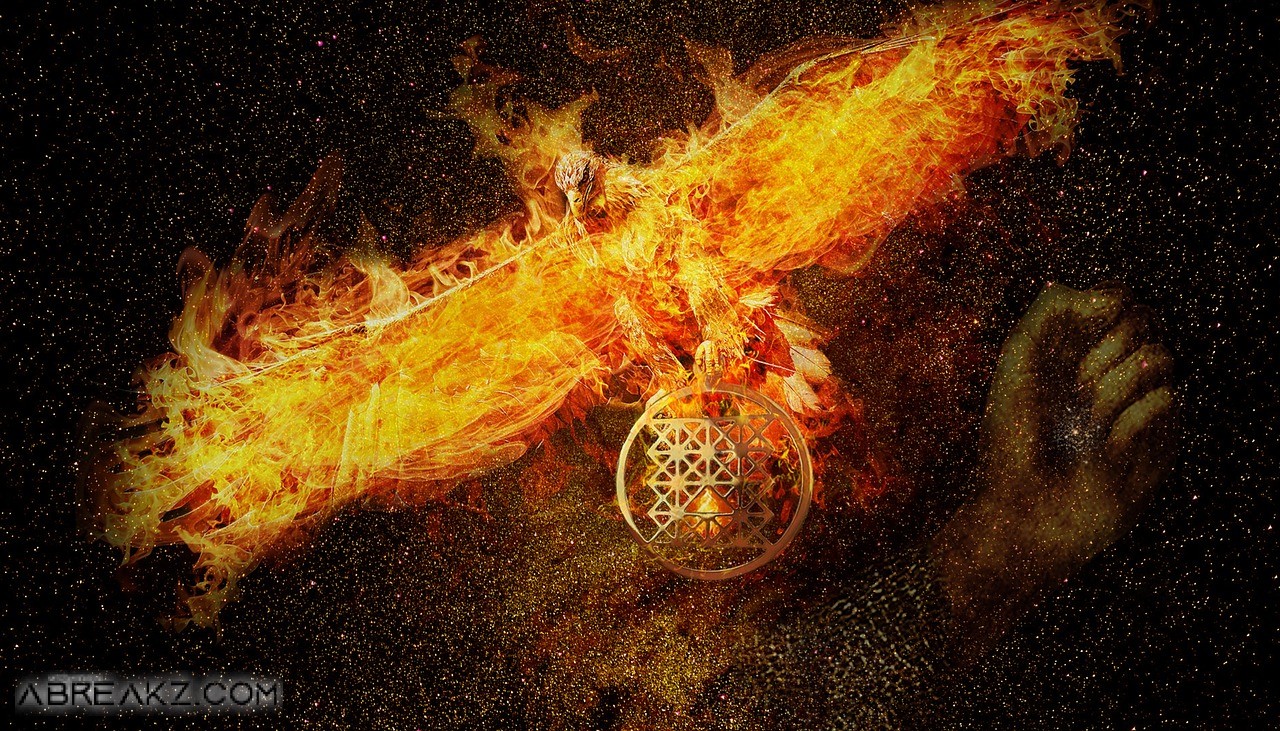
Phoenix Death
He began to sing heavenly songs on his second morning on earth, in his sweet, angelic voice, to be heard by the Guardian of the Sun. The guard came out to him while he was on his chariot drawn by four fiery horses. The bird wanted the guard to show him the pain and torment of the people, so he conveyed to him a vivid picture of earthly life. The bird began to cry out of anger and pain because of the torment and injustice it felt among the peoples. The horses startled, banged their hooves hard, and sparks of fire flew into the nest, burning the phoenix inside. The bird did not leave its nest, it was burnt by choice, sharing the people's pain and suffering, and turned to ashes.
Rise From The Ashes
But this was not the end of the phoenix, but the beginning. An egg emerged from the ashes. On the first day, the egg grew bigger, and on the second day, two wings emerged from it, and on the third day the phoenix came back alive. The bird carried its nest, and flew with it to the city of the sun, Baal-bek (Baalbek), then flew again to heaven. But he preferred to return and die in the Cedars of Lebanon than to remain in the heavenly paradise forever.
The phoenix represents eternity and eternal life, represents peace and love, and feels the pain of human beings on earth. The advantage of the phoenix is that it revives from its ashes and heals from its tears. If he cries, any wound will heal. And if he passed, he left behind the smell of myrrh and frankincense. This bird may be a legend, but its people, who take it as a symbol, have passed and are still going through difficulties and tribulations, and every time Lebanon shakes off the ashes to live again, because it is a people who wants life... and fate must respond.





